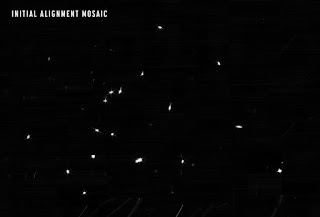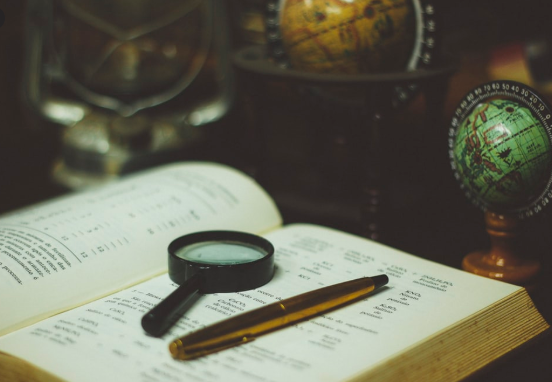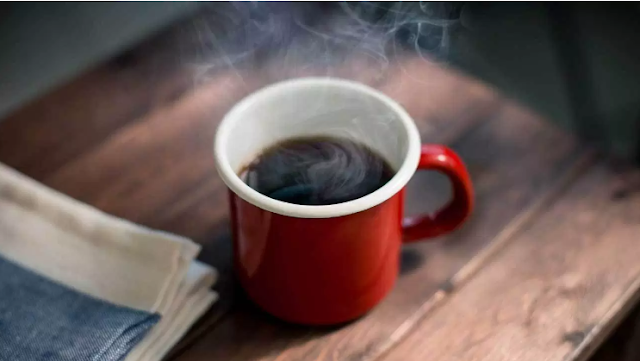The James Webb Space Telescope takes a selfie and a big step towards its first ‘real’ image
A contraption as intricate as the James Webb Space Telescope takes a short time to get running, so while it entered its circle before the end of last month, it's actually dealing with its startup cycle. The present achievement is a major one, with Webb detecting its first star, multiple times over. Also it took a selfie to celebrate.
As you likely know whether you've looked at inclusion of this tremendous orbital telescope over the numerous long stretches of its turn of events, get together and sending, the Webb is fundamentally a honeycomb-molded assortment of 18 mirrors, which assist it with catching a lot of infrared light from its picked target.
However, every one of these mirrors should be definitively tuned for the picture reflected in it to match and cover that of the others.
"We realize that the essential mirror fragments aren't adjusted, so they really behave like 18 separate telescopes, and we hope to see 18 separate pictures, one for each mirror, that are somewhat hazy now since we haven't adjusted or centered anything," said Lee Feinberg, administrator of the optical components on the Webb, in a NASA video that clarifies this better than I at any point could.
Think about it like the kid's shows where a person awakens subsequent to being thumped oblivious and sees the world in twofold or fourfold, then, at that point, progressively lines those pictures up. For this situation, obviously, the telescope is out in the center of room, so awesome (and basically just) thing to securely check out is stars.
The group required a star that is unmistakable and not encompassed by others of a comparative splendor. They picked one called HD 84406 in the Ursa Significant group of stars, on the infinite bear's neck ruff. For those of us who are more acquainted with the Large Scoop, assuming you check out the two stars that make up the highest point of the actual scoop, HD 84406 is about an equivalent distance to one side along that line.
Pointed at HD 84406's overall heading, the Webb took 10 pictures each at 156 marginally various bearings, bringing about 1,560 shots and 54 gigabytes of crude information.
"This underlying hunt covered a region about the size of the full Moon on the grounds that the section dabs might actually have been that fanned out on the sky," said Marshall Perrin, a researcher in the Webb group, in a NASA news discharge. "Furthermore we observed light from each of the 18 portions extremely close to the middle right off the bat in that pursuit! This is an incredible beginning stage for reflect arrangement."
Following six hours of handling they had the option to find similar star in every one of the telescope's 18 mirrors and gather them into one picture (at top) that shows how the cluster should be realigned. As Perrin noticed, it's absolutely conceivable that at least one of these could have been way further away from the middle, requiring a more drawn out and more exceptional mirror amendment strategy. Be that as it may, they're completely grouped close to the middle, meaning the mirror sending has gone well indeed.
This isn't the main camera framework on board the Webb, and not by any means the only arrangement process either, by far. It'll in any case be a surprisingly long time before we get the principal "genuine" picture out of it, however the present achievement shows that the IR camera and essential mirrors are functioning as arranged - however not at full limit at this time.
Luckily another instrument was sufficiently useful to get that generally critical of content: a selfie.
"Selfie" of the Webb telescope showing its 18 mirrors.
Picture Credits: NASA
We'll cover significant advances like this one, yet to stay aware of the all Webb's moves, watch out for the committed mission blog.



Comments
Post a Comment